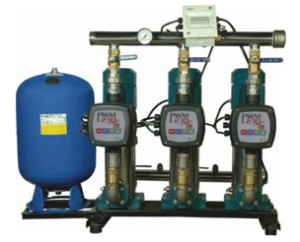Industrial work areas are not without their own share of hazardous occurrences. Classification of hazardous areas in industrial settings is of utmost importance. This is because through it you can ensure worker safety; reduce chances of explosions and loss of human life and property. What exactly is meant by classification of hazardous areas?
Hazardous area classification is a method by which the working environment is analyzed and classified into certain groups. This is done so that the right kind of electrical apparatus goes into the functioning of the industrial plant and also ensures that the apparatus selected works safely. Hazardous area includes areas defined in all the following three definitions:
- Areas which can be potential places for harboring explosive gas atmosphere in such quantities that careful consideration has to be given while constructing, installing and using electrical apparatus.
- Areas which account for the presence of flammable vapor or gas or liquid petroleum with flash point less than 65 degree C in such concentrations that they are capable of ignition
- Areas where refining, blending, handling or storing of flammable liquid including petroleum with a flash point above 65 degree C takes place at temperatures equal to or above the flash point of the liquids.
The flash point refers to temperatures at which vapor is emitted by liquids such that on them coming into contact with air, an ignitable mixture is formed. When a small pilot flame is applied to this ignitable mixture under specified conditions a fleeting flash is given. So, explosive atmosphere is the one wherein the air is a blend of flammable materials which could be in the form of mist, vapor or gas and within which there can be spread of combustion on ignition.
Hazardous areas are classified into 3 areas ranging from zone 0 to zone 2 depending upon the periodicity of the appearance and time-spell of the explosive gas atmosphere. Zone 0 moves through zone 2 in the descending order of the severity of the environment. Statutory regulations with regard to hazardous areas are specified in the Petroleum Act 1884 and the Explosive Act 1934. Various regulations, guidelines and certifying agencies influence the working of industrial settings which include hazardous areas in its sphere of operations. There are several protective equipment used depending upon the hazardous zone the area is classified into. Using flameproof equipment is one of the ways and in this context; a mention has to be made of Crompton Greaves flameproof motors.This motor can withstand the internal explosion and ensure that it doesn’t spread to the surrounding atmosphere. It is true that this protective equipment cannot eliminate the occurrence of an internal explosion but it at least provides the protective shield needed to tackle such eventualities.
Crompton Greaves have brought forth a varied range of Flame Proof motors to suit the needs of different customers. In addition to the varied electrical protective equipment which is stocked by Crompton Greaves and other relevant dealers, the back pullout pump dealers and the fire -fighting pump dealers too have an important role to play in promoting the safety and convenience of working in industrial settings. Each one is necessary and indispensable to their respective application areas.

